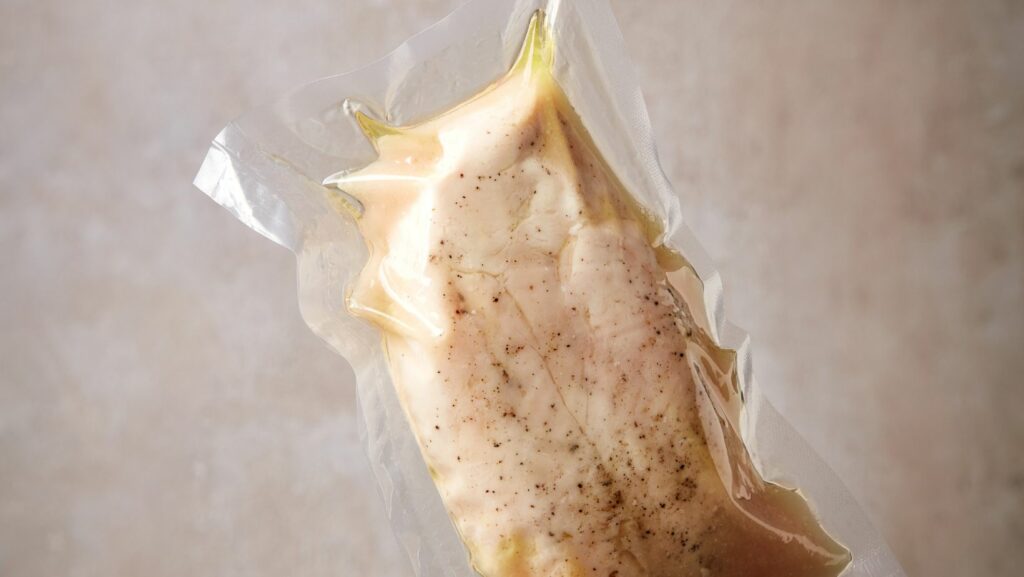Vacuum-sealing soup is a great way to preserve its freshness and extend its shelf life. Whether you’re meal prepping or looking for convenient ways to store leftovers, vacuum sealing can help keep your soup flavorful and delicious for longer periods.
To vacuum seal soup, start by allowing it to cool completely before transferring it into a sealable container or bag. This step is important because hot liquids can cause the bags to lose their seal. Once cooled, pour the soup into the container or bag, leaving some space at the top for expansion during freezing.
Next, place the container or bag into a vacuum sealer machine and follow its instructions for sealing. The machine will remove all air from the packaging, creating an airtight environment that helps prevent spoilage and freezer burn. If using bags, make sure to double-seal them to ensure maximum freshness.
By vacuum sealing your soup, you can conveniently store it in the freezer without worrying about any leakage or loss of flavor. When you’re ready to enjoy your sealed soup, simply thaw it in the refrigerator overnight or heat it directly from frozen on low heat while still in its sealed package. Vacuum sealing not only saves time but also retains the taste and quality of your homemade soups for future meals.
Contents

Table of Contents
ToggleHow to Vacuum Seal Soup
Soup is a comforting and delicious dish that many people enjoy. It’s packed with flavors and nutrients and can be a great option for a quick and easy meal. But have you ever considered vacuum sealing your soup? You may be wondering why vacuum-sealing soup is beneficial, so let me share some reasons that might convince you to give it a try.
-
Extends Shelf Life
One of the primary benefits of vacuum-sealing soup is that it extends its shelf life significantly. By removing all the air from the packaging, you create an oxygen-free environment that helps prevent bacterial growth and spoilage. This means your soup can stay fresh for much longer compared to traditional storage methods.
-
Retains Flavor and Nutrients
Vacuum sealing locks in the flavor and nutrients of your soup. Unlike other storage methods like freezing or refrigerating, which can cause flavor degradation over time, vacuum-sealed soups maintain their original taste and nutritional value for extended periods.
-
Convenient Meal Prep
Vacuum-sealing individual portions of soup allows for convenient meal prep. Whether you’re planning lunches for the week or want to have single servings on hand for a quick dinner, vacuum-sealed soups are easily portioned and ready to heat whenever needed.
-
Saves Time and Money
By vacuum sealing your soup, you can save time by preparing larger batches in advance without worrying about spoilage. Additionally, buying ingredients in bulk becomes more cost-effective as you can preserve leftovers without sacrificing quality or taste.
-
Minimizes Freezer Burn
Freezer burn can ruin the texture and taste of frozen foods, including soups. Vacuum-sealed packaging creates an airtight barrier that prevents moisture loss while protecting against freezer burn. Your soups will retain their freshness even after being stored in the freezer for extended periods.
In conclusion, vacuum-sealing soup offers several benefits, including extended shelf life, retained flavor and nutrients, convenient meal prep, time and money savings, as well as protection against freezer burn. Consider incorporating this method into your soup storage routine to enjoy all these advantages.

